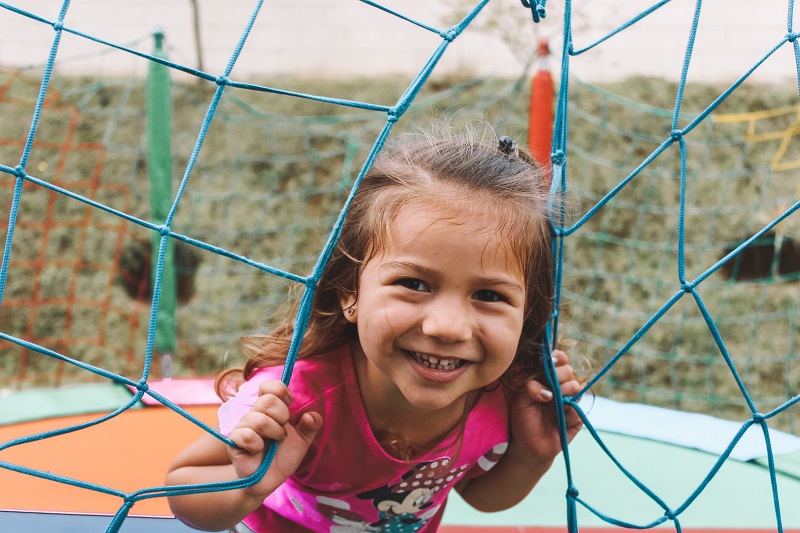
Transitioning can be a daunting experience for anyone, but for individuals with autism, it can be a particularly overwhelming challenge. The disruption of established routines can leave them feeling lost and struggling to cope. Just when they find comfort in predictability, sudden changes can throw them off balance, leading to increased anxiety and stress.
Imagine the distress of a person with autism who has meticulously followed a well-established routine, only to have it unexpectedly disrupted. The familiar order of their day crumbles, leaving them adrift in a sea of uncertainty. This disruption can have a profound impact on their emotional well-being, as well as on their ability to navigate the world around them. Without proper support and coping strategies, they may feel overwhelmed, isolated, and unable to regain their footing.
In this article, we delve into the challenges faced by individuals with disrupted autism routines and explore strategies to cope with these changes to help them regain a sense of control and adapt to transitions more smoothly. From creating visual schedules to fostering clear communication, we will provide you with actionable steps to support individuals with autism in navigating these challenges. Join us as we embark on a journey toward understanding and empowering those who may feel “Lost in Transition.”
Understanding Autism Routines
Individuals with Autism Spectrum Disorder (ASD) often find comfort in doing things in the same way and following a set routine. These routines can be seen in different ways, like having a daily schedule, doing certain rituals, or repeating actions. Having routines helps them feel secure, reduces anxiety, and improves their overall well-being.
Routines also give them a sense of control, which is important for individuals with autism who may struggle with uncertainty. By having consistent routines, they can become more independent as they know what to expect and can do tasks more efficiently. Routines act as anchors in a chaotic world, helping them manage their emotions, sensory sensitivities, and stress.
Causes of Disrupted Autism Routines
- Changes in environment or schedule
- Relocation, travel, or transitioning to a new school can disrupt established routines.
- Changes in physical surroundings or environmental factors can create unfamiliarity and unease for individuals with autism.
- Unexpected events or disruptions
- Sudden events like illness, emergencies, or unexpected visitors can disrupt routines and unsettle individuals with autism.
- Unpredictable disruptions can lead to heightened anxiety and difficulty in adapting to new situations.
- Transitions between activities or settings
- Moving from one activity to another or transitioning between different settings can pose challenges for individuals with autism.
- The uncertainty and lack of predictability during transitions can cause distress and result in resistance or meltdowns.
Challenges Faced by Individuals with Disrupted Autism Routines
Changes to routines can make individuals with autism feel more anxious. When things are uncertain and unpredictable, they may feel uncomfortable and uneasy. Dealing with these changes can be difficult, causing them to feel more stressed and upset.
Individuals with autism prefer familiar and structured environments. When their routines are disrupted, it can be hard for them to adjust to new situations or tasks. They might resist or get frustrated because they feel overwhelmed.
Disrupted routines can expose individuals with autism to new and overwhelming sensory experiences. Sudden changes in their surroundings or schedule can lead to sensory overload, making them feel even more distressed and can even result in meltdowns. Their sensitivity to sensory input becomes stronger during transitions, making it even more challenging for them.
Strategies for Coping with Disrupted Autism Routines
- Creating visual schedules and social stories
- Visual schedules provide a visual representation of the daily routine, helping individuals understand and anticipate upcoming activities.
- Social stories use visual and written cues to explain changes or transitions in a story format, preparing individuals for the upcoming disruption.
- Implementing transitional supports and warnings
- Providing transition supports such as countdown timers, visual cues, or verbal warnings can help individuals prepare mentally for upcoming changes.
- These supports offer a sense of structure and enable individuals to adjust more smoothly to the transition.
- Providing sensory accommodations and calming techniques
- Creating a sensory-friendly environment can help mitigate sensory overload during transitions.
- Implementing strategies such as using noise-canceling headphones, providing fidget tools, or offering sensory breaks can support individuals in managing their sensory needs.
In the journey of raising a child with autism, we understand the immense importance of routines in your child’s life. We know that disruptions to these routines can be overwhelming and challenging for both you and your child. It’s during these times of change that your love, patience, and understanding shine the brightest. As you navigate the path of coping with disrupted autism routines, remember to take care of yourself too. Seek support, lean on your community, and remember that you are not alone. Together, we can find strength, resilience, and ways to adapt to the ever-changing journey of raising a child with autism.
Find Support in Nurture Pods
If you’re facing the hurdles of coping with disrupted autism routines, you may be wondering about what to do. The Nurture Pods team is here to help by offering assessments, programs, and therapies to help you and your child grow and achieve their greatest potential!
Written by: Alex Liau
Published on 28 July 2023





